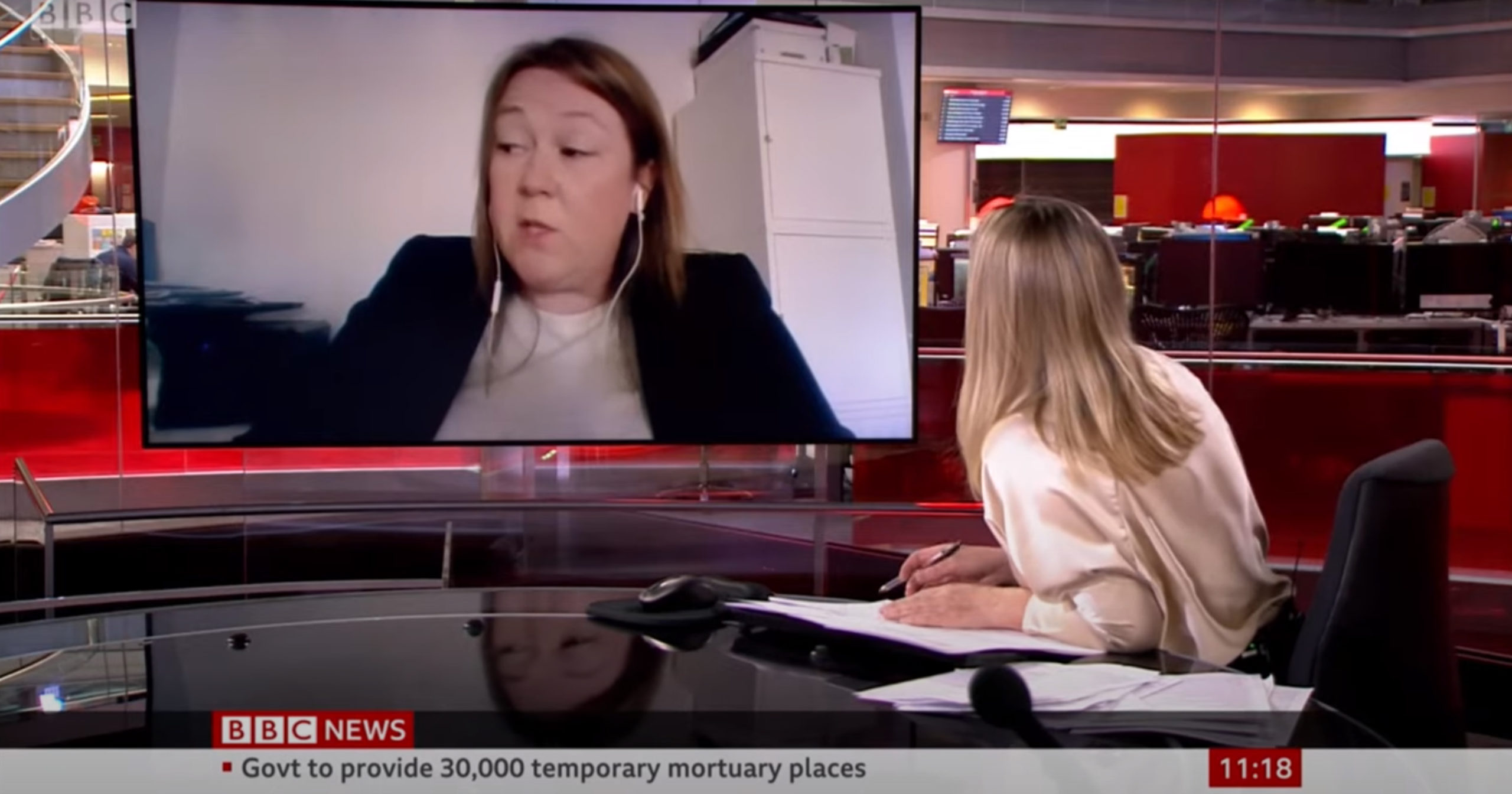- People
- Expertise
Our expertise
We are a team of more than 600 professionals, with the depth of experience which makes us genuine experts in our fields. Together, gunnercooke’s people have strength across just about every corporate discipline and sector. We provide legal, commercial and strategic advice that delivers real value to the clients we work with, which span from multinational enterprises through to not-for-profit organisations. Our breadth of expertise covers some of the most interesting emerging disciplines such as charity, crypto, sports and competition law.
Search by practice areaDispute ResolutionDispute Resolution OverviewMeet the Dispute Resolution TeamIntellectual Property DisputesFinancial Services & FinTech OverviewProceeds of CrimeEmployment TribunalTax InvestigationProperty Dispute ResolutionInsolvency DisputesMediationCivil Fraud & Asset TracingHealth & SafetyBusiness Crime & InvestigationsLitigation & ArbitrationInternational Arbitration - International
International Offices
The gunnercooke group has 16 main global offices across England, Scotland, the US, Germany and Austria, with further plans for growth in the coming years. These offices enhance the existing in-house capability of our dedicated international teams and dual-qualified experts that cover Spain, France, Italy, Portugal, Brazil, China, India, Poland and Hungary. Our team have clients across 123 jurisdictions, speak 46 languages and are dual-qualified in 21 jurisdictions. Our expertise means we can offer large teams to carry out complex cross-border matters for major international clients.
- Our story
Our story
gunnercooke is a Top 70 law firm. We comprise a rapidly growing number of experts spanning legal and other disciplines. Clients benefit from flexible options on fees to suit their needs, access to a wider network of senior experts throughout the relationship, and legal advice which is complemented by an understanding of the commercial aspects of running a business.
- Reading Room
- News & Insights

The government has published a draft Code of Practice which seeks to crack down on employers using “fire and rehire” to change staff terms and conditions. It requires employers to use fire and rehire as a last resort, and consult with employees in a fair and transparent way when proposing changes to their employment terms.
Background
“Fire and rehire” is also commonly referred to as termination and re-engagement. It is used where changes to contractual terms cannot be agreed, but the employer believes its need to achieve the proposed changes are sufficiently important to warrant terminating the current terms and conditions of certain (or all) staff. In that scenario, the employer would serve notice on the current contract, and employment would come to an end unless prior to the termination date, the employee agreed to sign up to the new terms. There are 5 fair reasons for dismissal, and dismissals on this basis will usually be for Some Other Substantial Reason (“SOSR”).
The Code is intended to apply in fire and rehire situations. The Code would apply irrespective of the number of employees affected or the employer’s reasons for wanting to change terms and conditions. It would not apply to genuine redundancy situations (in accordance with section 139(1) of the Employment Rights Act 1996).
The Draft Code
The Code seeks to ensure employers take all reasonable steps to explore alternatives to dismissal and re-engagement, by consulting with trade unions and others “for as long as possible in good faith in order to try and seek a resolution,” and not using the threat of dismissal as a negotiating tactic. It states that employers should provide “as much information regarding the proposals as is reasonably possible” to employees and their representatives, to include reasons for wanting the changes, the impact on staff, and any proposed timings.
If it becomes clear employees are not prepared to accept any proposed changes, employers should carefully re-examine their plans in the light of that feedback. In other words, the employer should always try to reach an agreed solution. Ultimately, the employer may still decide to go ahead with its plan to fire and rehire.
Impact on Employers
- It could be said that in reality, the Code is merely a statement of what is already good practice. Prudent lawyers would always advise a client to inform staff, explore solutions, seek feedback and reach agreement if at all possible. This acknowledges the fact that ultimately, the employer may face unfair dismissal claims as a result of a hire and refire exercise, and will have to show it acted fairly and reasonably in all of the circumstances.
- There is no guidance in the Code to help with the question of what would constitute a substantial reason, warranting dismissal.
- The requirement for employers to consult “for as long as possible” to reach an agreed solution is vague, and is easily open to challenge by employees who claim more consultation was possible.
- The Code explicitly warns employers against using threats of dismissal to intimidate. In practice, this could be a delicate balancing act. Employers need to be honest with employees that a failure to agree changes may result in job losses. However, the Code is clear that employers should not use the threat of dismissal to drive a bargain, where in reality dismissal is not being contemplated by the employer.
- Ultimately, the Code does not make fire and rehire unlawful. The difference the Code makes, is that Employment Tribunals would be obliged to take the Code into account when deciding unfair dismissal or any other related claims. If adopted, Employment Tribunals would be able to increase or decrease certain tribunal awards by up to 25% where employers or employees have unreasonably failed to comply with it.
- Whist fire and rehire is still lawful, recent negative publicity has meant it is unpopular (and often misunderstood). Employers should be aware of the reputational implications of relying on it.
The Code is open for consultation until 18 April 2023.
In the meantime, the Supreme Court has granted permission for USDAW to pursue its case against Tesco over the use of fire and rehire to remove staff entitlement to a long-term financial benefit called Retained Pay. In July, the Court of Appeal ruled in Tesco’s favour, agreeing that the tactic was lawful. . Permission has now been granted for USDAW to take the case before the Supreme Court. It is important to note that the facts of this case are discrete. The Court of Appeal declared that wording in a collective agreement that the right to Retained Pay was permanent, meant the benefit was guaranteed for the life of a particular contract of employment, rather than an employee’s full period of employment, as argued by USDAW. It is doubtful then, that this case will ultimately affect the lawfulness of fire and rehire itself.





